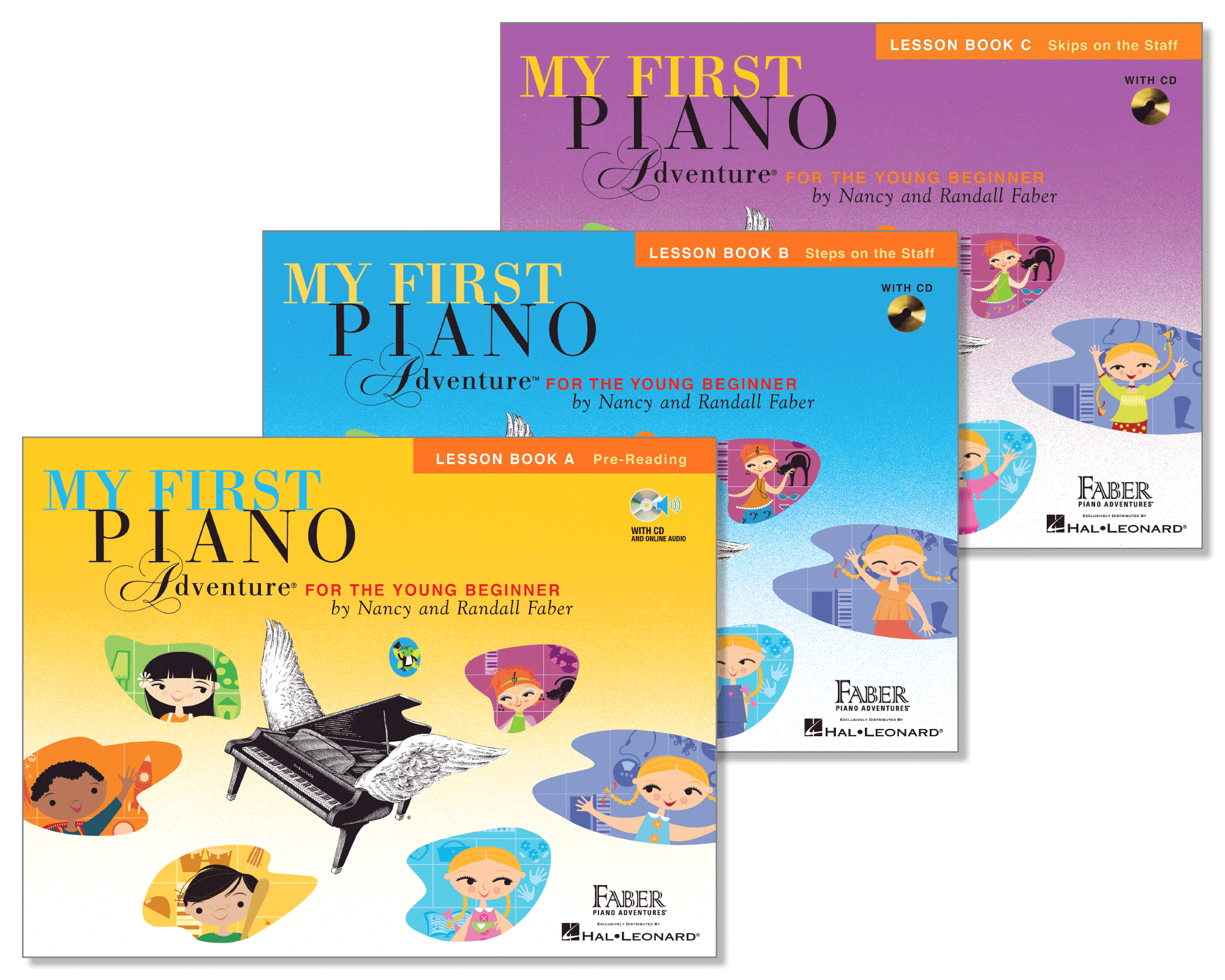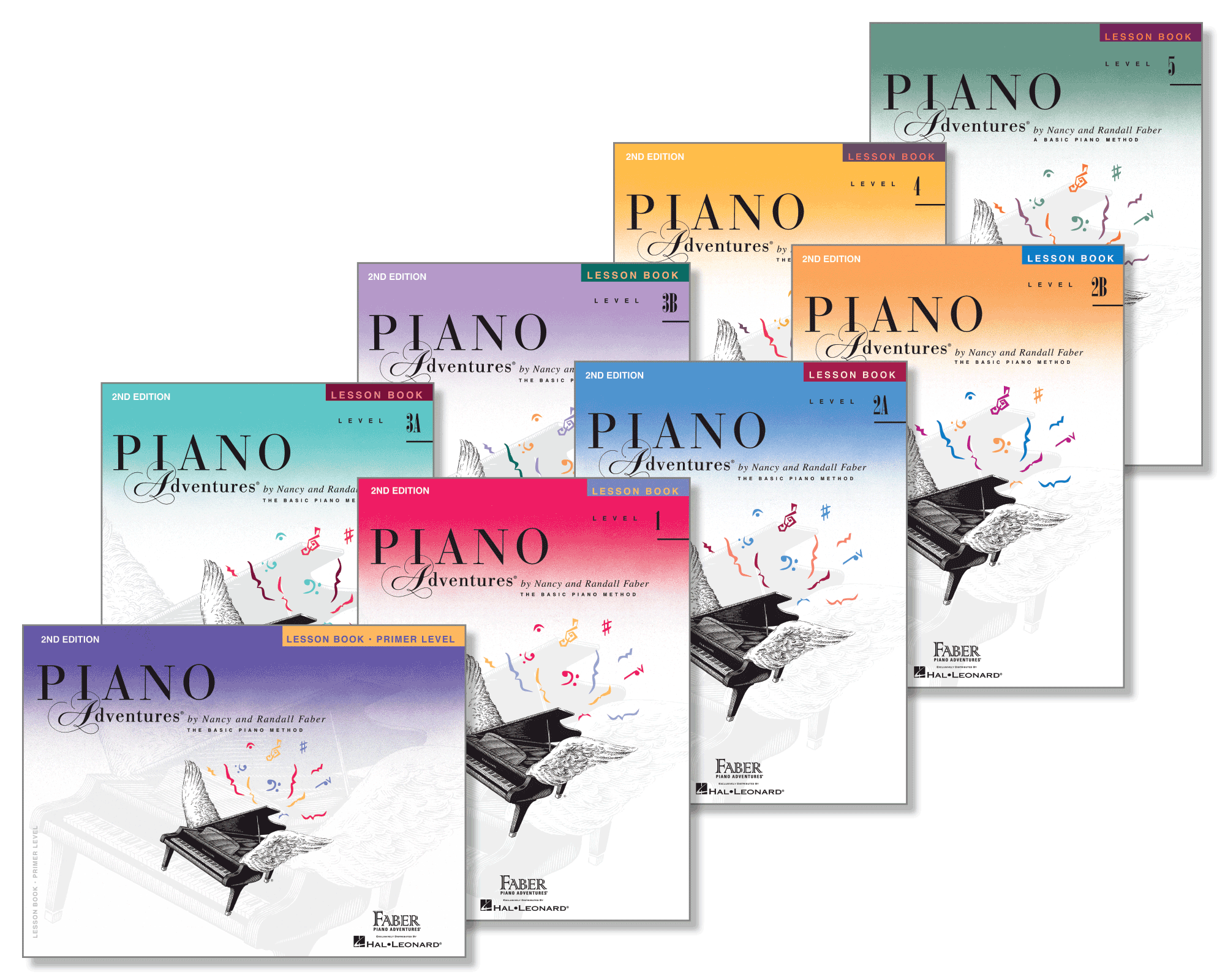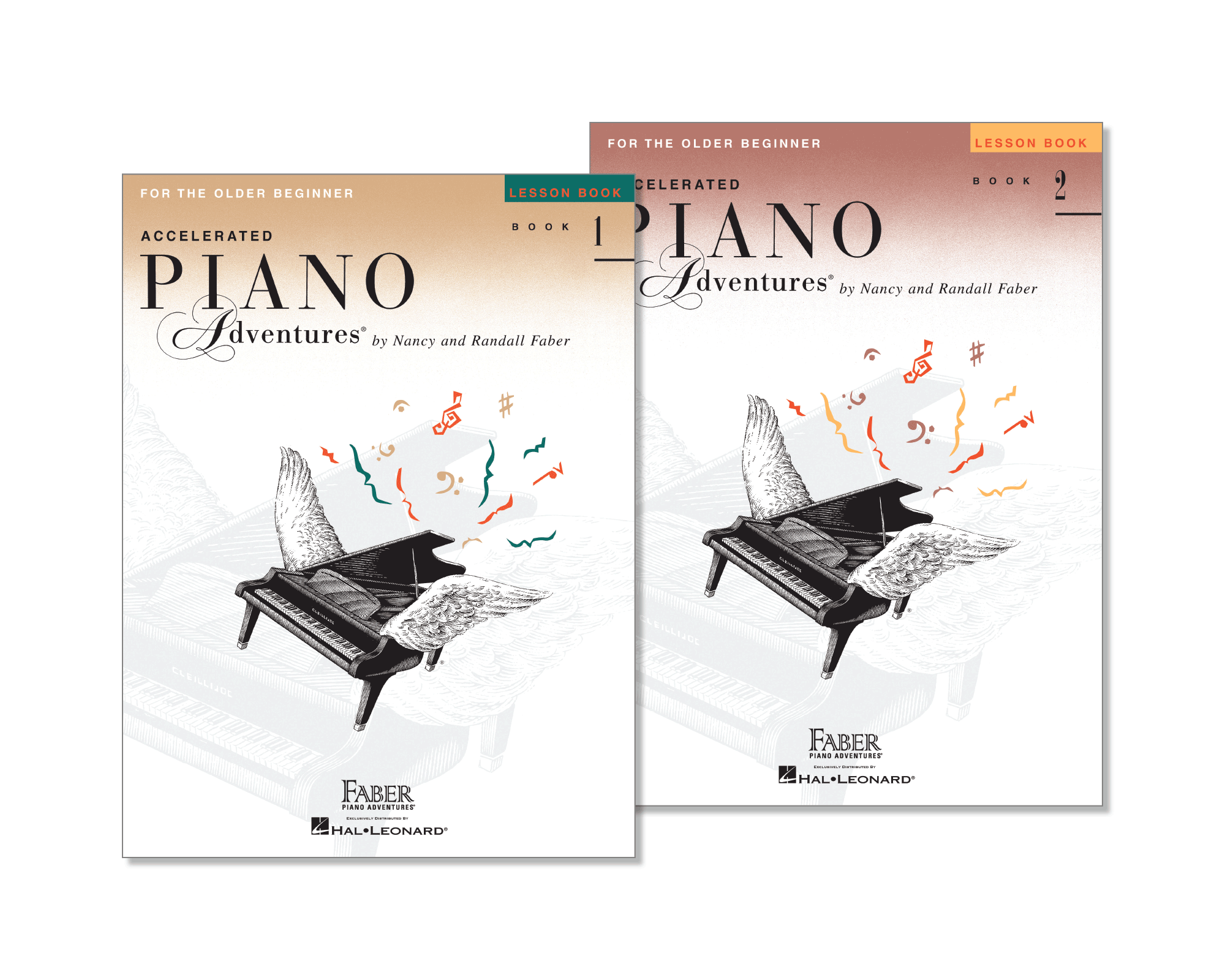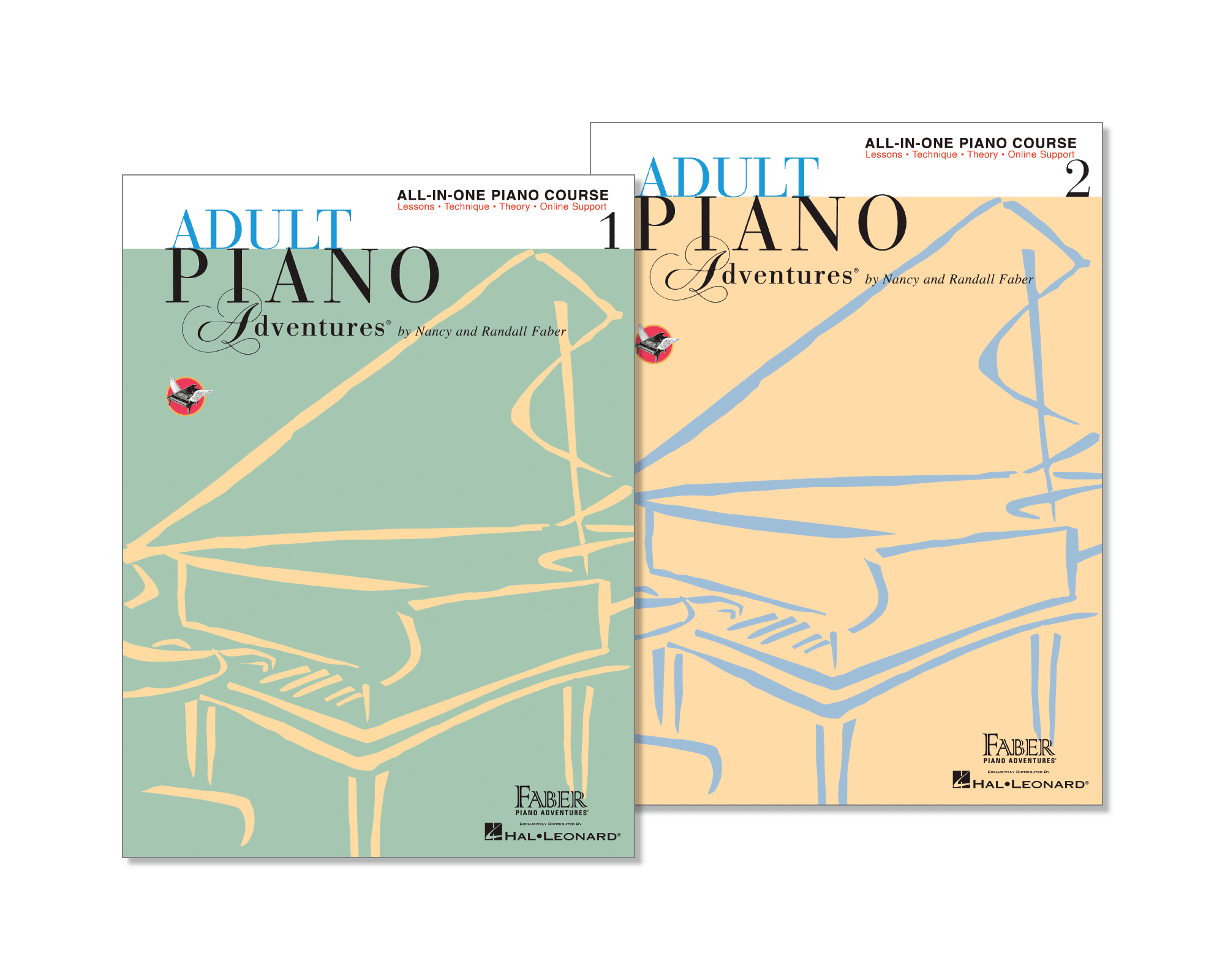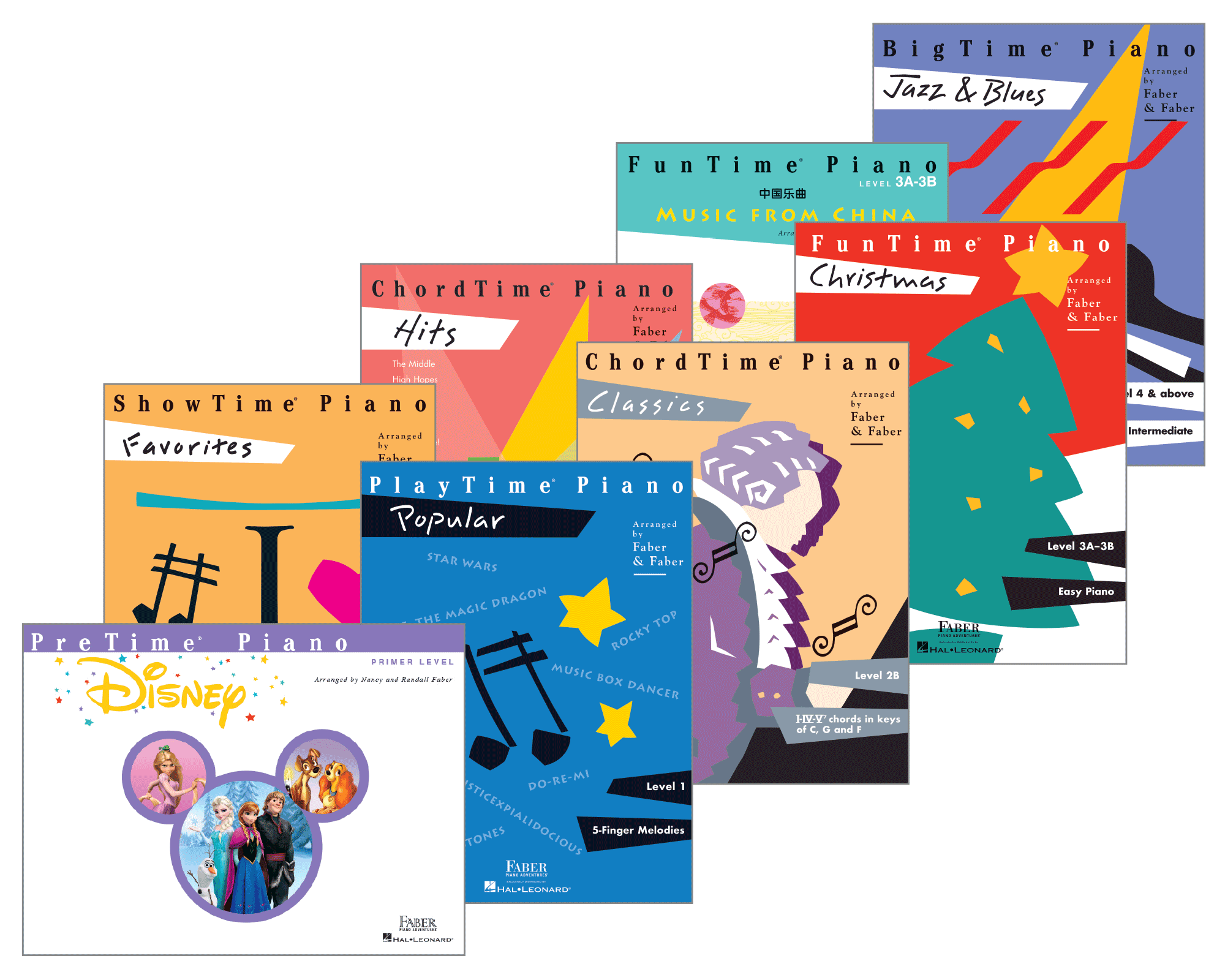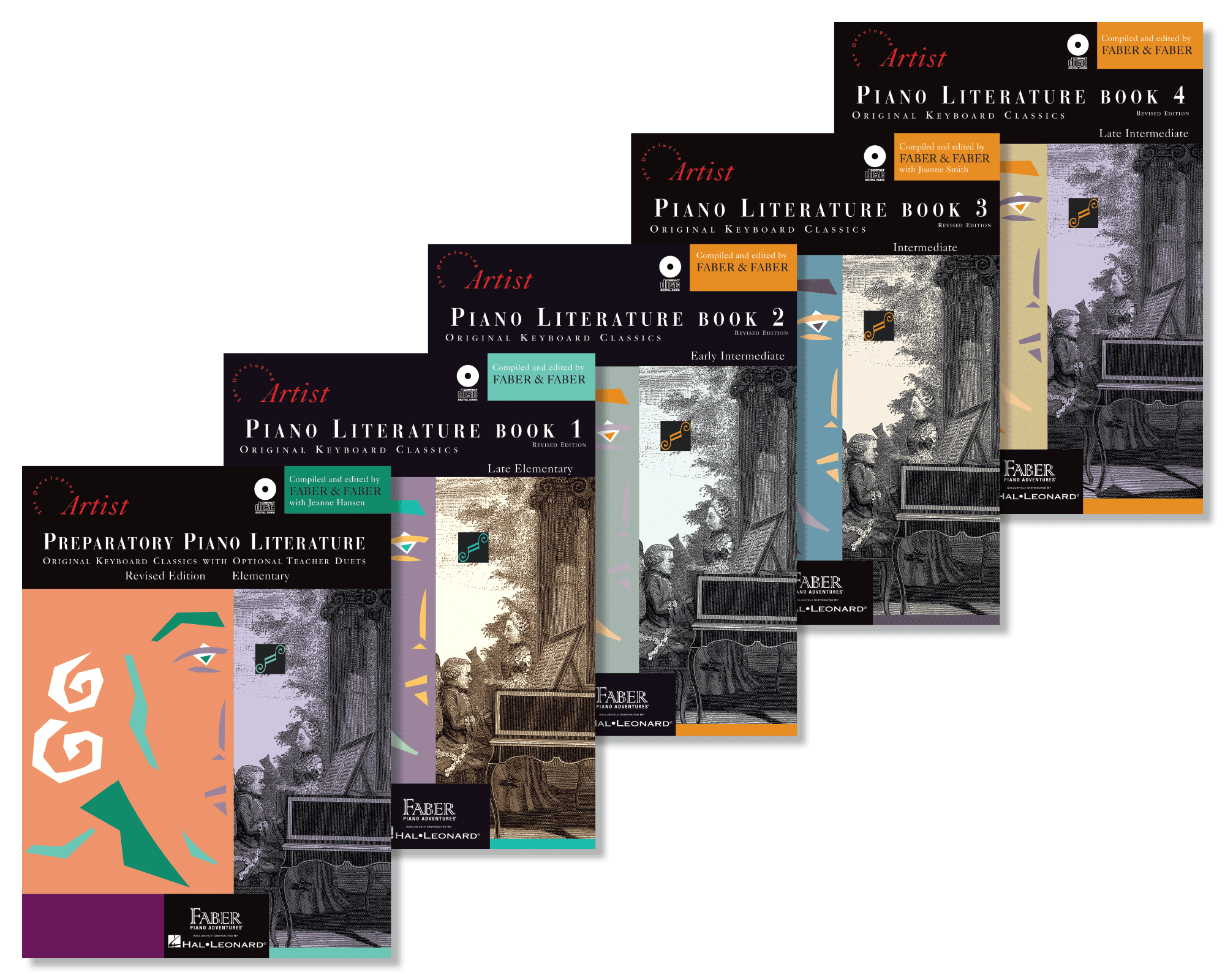1. What makes Piano Adventures different from other piano methods?
Piano Adventures is unique for its foundation on a “triangle of learning” called ACE. The three components within the triangle—ACE—stand for Analysis, Creativity, and Expression. The books are imbued with these three learning principles to create a full, successful music experience. For more, check out Teach and Learn with ACE.
Piano Adventures also offers methods that recognize four different age levels. Each method caters to attributes of that age group for pacing, repertoire, theory, technique, and creative activities. For an overview,
- My First Piano Adventure (ages 5-6)
Written for the young beginner, this course captures the child’s playful spirit with five “friends at the piano,” charming songs, and rhythm and technique games.
- Basic Piano Adventures (ages are 6-11)
Piano Adventures Basic offers an exciting exploration. Its varied 8-level curriculum has appealing repertoire, theory, improvisation, composition, and a systematic technique program right from the start.
- Accelerated Piano Adventures for the Older Beginner (ages 12-17)
Accelerated Piano Adventures offers an individualized, student-centered path to learn. It’s wide and varied curriculum gives teachers a highly personalized approach with unique rewards for the accelerated student.
- Adult Piano Adventures (ages 18-98!)
Ideal for the beginning adult or as a refresher course for the returning adult, the All-in-One Books teach skills to play hundreds of familiar songs. Enjoy online support with 3-Minute Theory and Technique pages.
One of the most valuable features that sets Piano Adventures apart is the teacher and student support for all levels. Check out Resources for a full overview.



